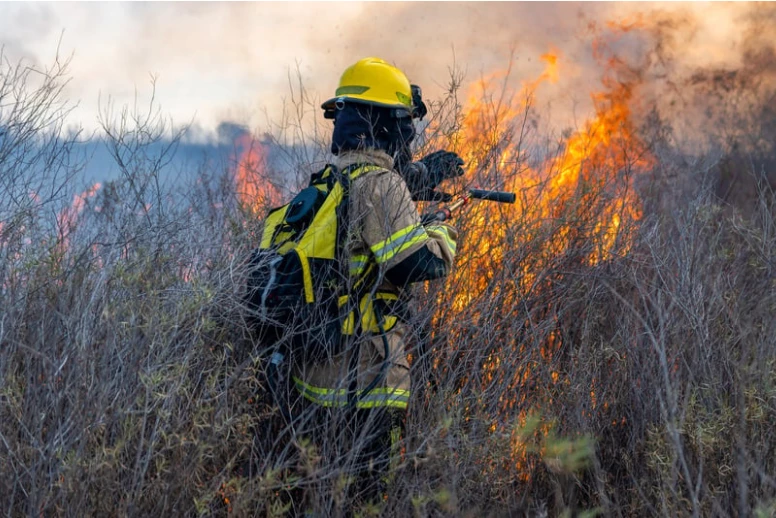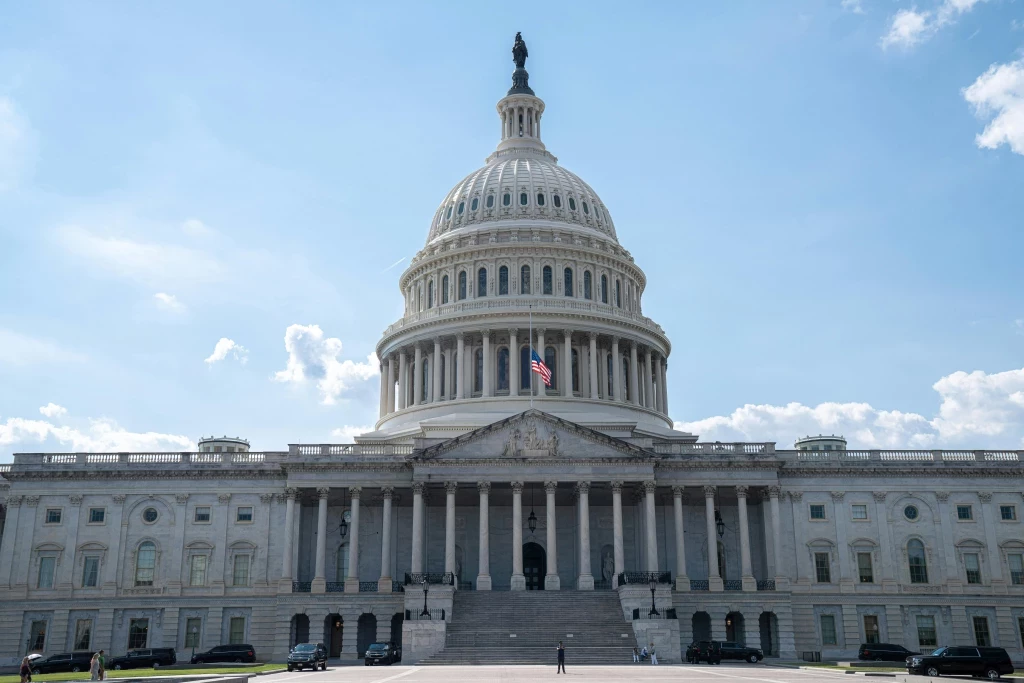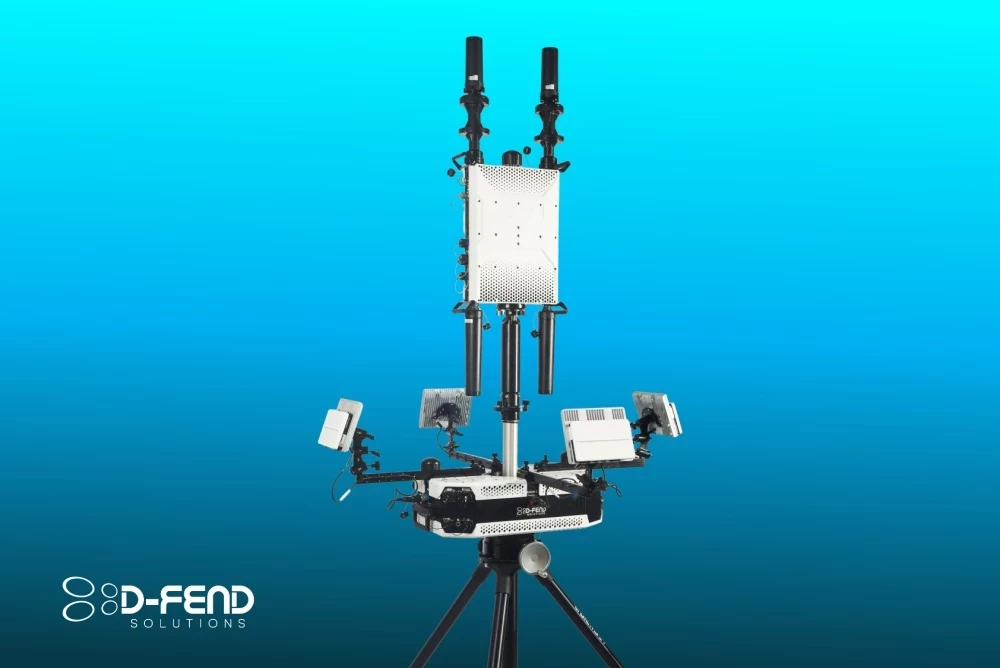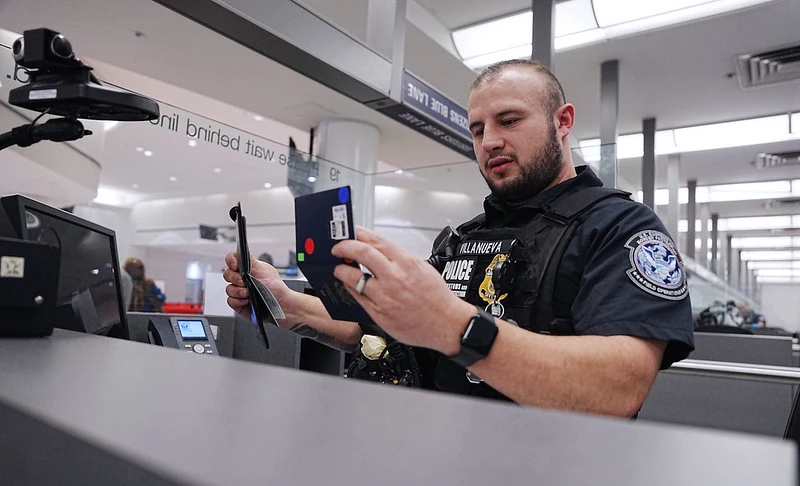CBP’s Primary Mission Areas in 2025
Add bookmark
Since inauguration day on January 20, U.S. border and immigration policy has gone through a whirlwind of changes that range from making asylum seekers wait in Mexico, restrictions on student visas, expanded fast-track deportation proceedings, and much more.
For Customs & Border Protection (CBP), the primary focal points have always been border security, trade facilitation, and countering terrorism. However, in step with the Trump administration's priorities, CBP has narrowed the focus of its primary mission areas. This article provides an overview of these mission areas, as well as the latest immigration data from CBP.
The previous post in this series outlined how much border security policy has changed in 2025, and analyzed the string of border-related executive orders signed by the Trump administration throughout the year.
If you are interested in learning more about the future of border security, register for IDGA’s Border Technology Summit taking place September 23-24 in San Diego, California. The two-day summit provides a forum to explore the latest advancements in border security technology. This year, we are focusing on engaging our audience with high-level discussions surrounding advancements in biometrics, non-intrusive inspection, smart walls, current and future operations of border security, and much more.
Operational Control
In order to strengthen its border security enforcement, CBP has identified two focus areas of operational control: at entry and at large.
At entry is the form most likely equated to CBP operations, and is the interception of illegal aliens at, or before crossing U.S. borders. At entry apprehensions have decreased significantly in 2025. In December 2024, CBP reported 46,837 apprehensions along U.S. borders; by April 2025, that number had dropped to 7,634. CBP attributes its successful operational control at entry to a sharp decline in attempted crossings caused by sustained deterrence and enforcement.
In order to curb illegal migration beyond the border, CBP is partnering with other federal law enforcement departments, such as U.S. Immigration and Customs Enforcement (ICE) and state or local-level law enforcement.
For example, Operational Tidal Wave, a large-scale immigration enforcement initiative in Florida, was the first-of-its-kind statewide operation involving high-level collaboration between federal, state, and local law enforcement agencies. The operation took place from April 21 to April 26, 2025, and resulted in the arrest of 1,120 criminal noncitizens—the largest number ever recorded in a single state during one week in ICE’s 22-year history.
Arrests included violent offenders, gang members, sex offenders, fugitives, and individuals deemed public safety threats. According to CBP, 63% of those arrested had prior criminal arrests or convictions.
Between at large and at entry apprehensions, CBP reported a 93% drop in apprehensions at the southwest border from April 2024 to April 2025.
Drug Trafficking
One of CBP's long-standing missions has been to curb the trafficking of narcotics and dangerous drugs into the United States. However, in recent years this objective has become more critical than ever as Americans struggle with an ongoing opioid epidemic. In 2024, the Center for Disease reported an estimated 48,422 people in the United States died from overdoses involving synthetic opioids, primarily fentanyl. Although the number marks a 27% decrease from 2023, law enforcement agencies across the US are still prioritizing efforts to curb the spread of opioids.
A 2020 report from the Bureau of Economic Analysis found that illegal imports account for 82% of the domestic wholesale value for illegal drugs in the states. According to ICE, the majority of fentanyl that comes into the U.S. comes through the southwest border. However, CBP has risen to the challenge and continues to increase its rate of seizing dangerous drugs.
As of April 2025, CBP reported seizures of cocaine, methamphetamine, heroin, fentanyl, and marijuana (combined, by weight) increased 15% from March, including 758 pounds of fentanyl seized in April. Additionally, seizures of methamphetamine increased by 30%.
Implementing Tariffs
During President Trump’s first several months in office, his administration has moved quickly to impose tariffs on China, Mexico, and Canada, as well as industries such as auto parts, steel, and aluminum. Given CBP’s responsibility to monitor the flow of goods into the U.S., the agency is uniquely positioned to impose President Trump’s tariffs.
In order to enforce tariffs, the border security agency relies on legal authorities, advanced systems, and updated operational procedures. For example, when a new tariff is enacted, CBP updates its Cargo Systems Messaging Service (CSMS) notices in the Automated Commercial Environment (ACE), thus notifying exporters of expected costs for bringing goods into the United States.
CBP has already implemented tariffs guided by 21 executive actions and has collected $37.9 billion in tariff revenue since January 20.
Other Mission Areas
While CBP continues to focus on gaining operational control, implementing tariffs, and seizing illegal drugs, the agency has other targets in 2025.
One of those goals is protecting American consumers from goods made through forced labor. For example, in April 2025, CBP stopped 140 shipments valued at more than $3.65 million for further examination based on the suspected use of forced labor.
Another goal is protecting American agriculture by preventing invasive species and harmful substances from entering the country. CBP agriculture specialists (CBPAS) use targeting, detection, and interception to stop pests and diseases that could harm crops and natural resources. In April, CBP issued 8,875 emergency action notifications for restricted and prohibited plant and animal products entering the United States.

























